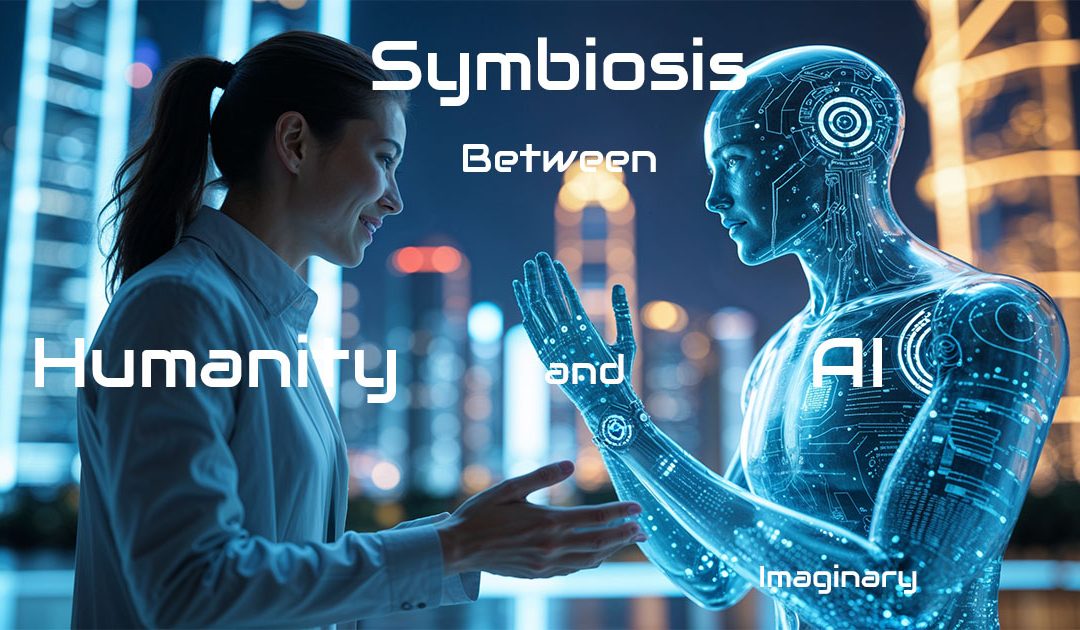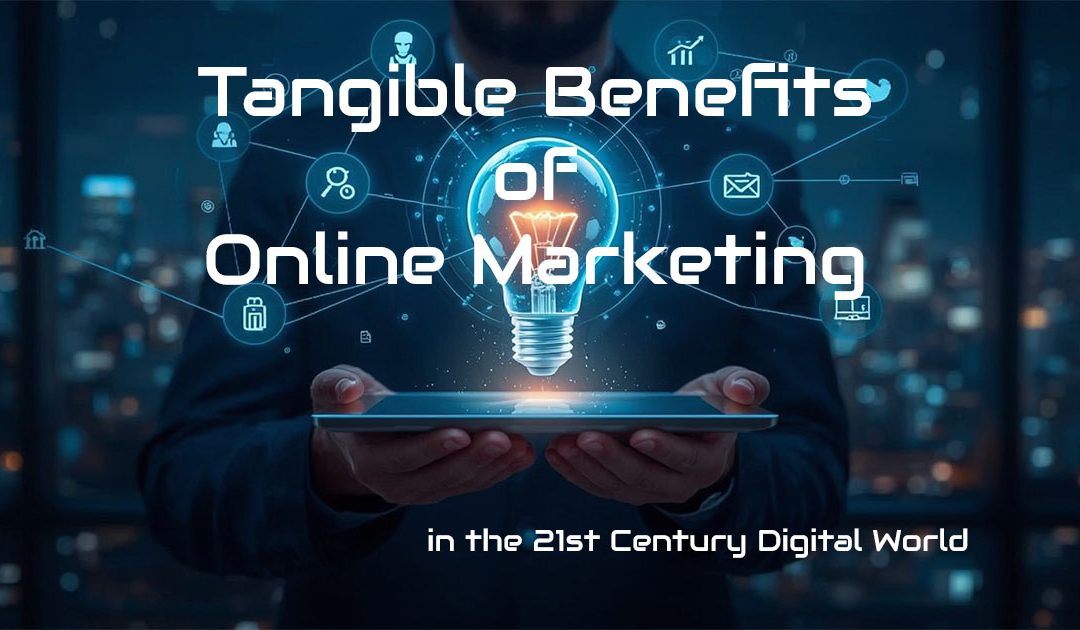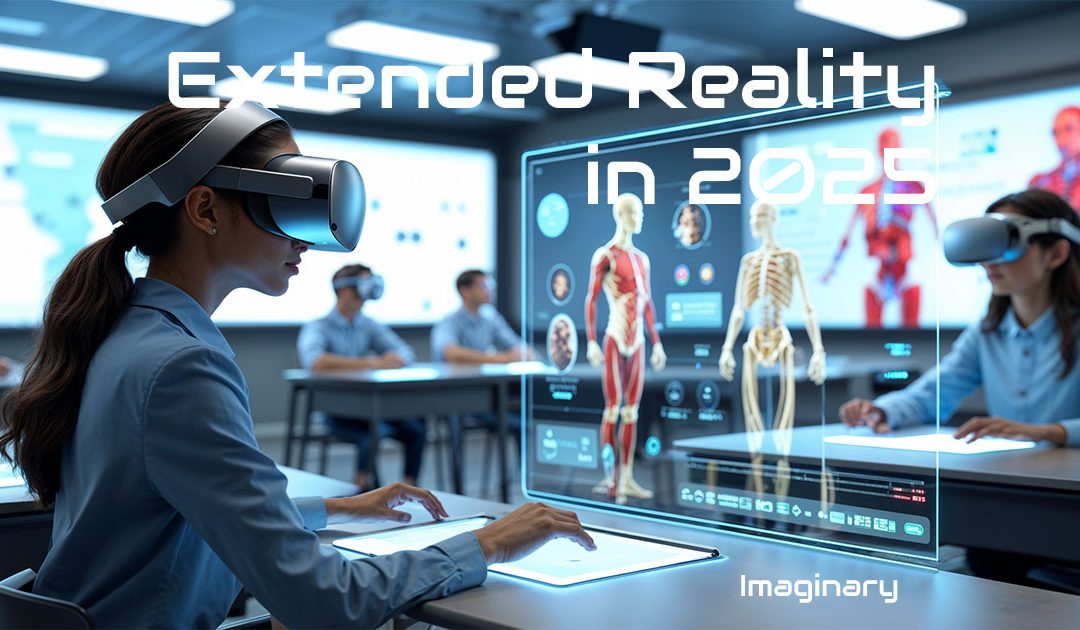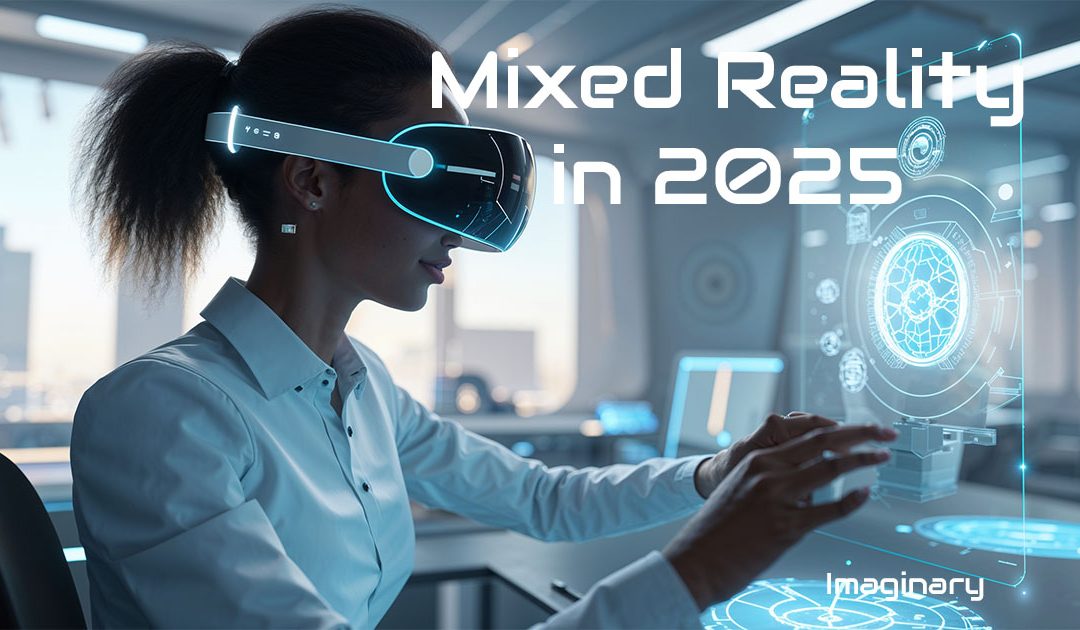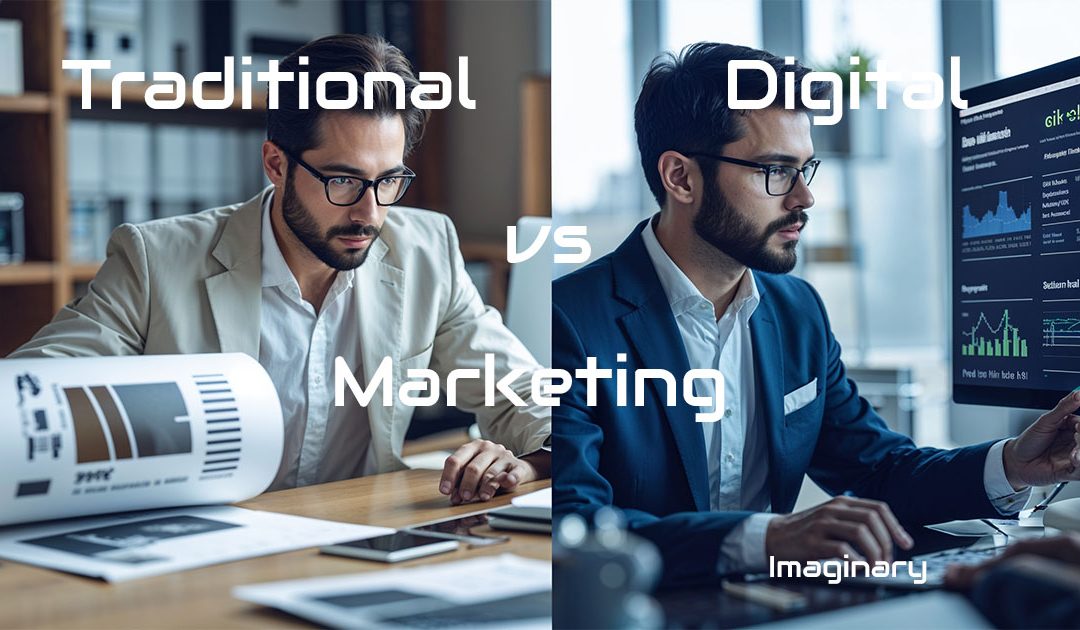
Traditional vs Digital Marketing: The 21st Century Comparison
Introduction – Traditional vs Digital Marketing
In today’s rapidly evolving marketing landscape, the distinction between traditional and digital marketing has become increasingly distinct and strategic.
While traditional marketing relied on broad messaging and mass communication, digital marketing now enables precise targeting, interactivity, and real-time data.
For many professionals who grew up with traditional marketing principles, this change can seem overwhelming and, in some cases, even frightening.
Understanding the differences between the two paradigms is crucial for businesses that want to create effective and comprehensive marketing campaigns.
Accordingly, understanding both worlds—and learning how to combine them or create a transition between them—is essential in the 21st century.
In other words, this highlights the need for both marketers to have a certain level of knowledge about the principles and applicable structures of both groups.
This article compares the two approaches, outlines their strengths and weaknesses, and examines how traditional marketers can adapt to the digital age.
Let’s examine what these might be.
How Can Traditional Marketers Transition to Digital?
Switching from print ads and TV spots to content marketing and SEO doesn’t happen overnight.
But with the right mindset and tools, traditional marketers can leverage their foundational knowledge and thrive in digital spaces.
- Embrace analytics: Learn to use platforms like Google Analytics, Meta Business Suite, and email performance dashboards to track user behavior.
- Start with hybrid strategies: Run digital campaigns alongside print or event promotions to build confidence and gather measurable insights.
- Invest in upskilling: Consider certifications in digital marketing, SEO, or social media management to build structured, transferable skills.
- Adopt a growth mindset: Understand that experimentation, data analysis, and audience interaction are essential components of the digital toolkit, where failure is a valuable learning experience.
Comparison Table – Traditional vs. Digital Marketing
| The Purpose of the Comparison | Traditional Marketing | Digital Marketing |
|---|---|---|
| 1. Channels and Media | Rely on conventional channels such as TV, radio, print, and direct mail—one-way communication with limited interactivity. | Utilize online channels such as social media, search engines, email, and websites. Enable two-way communication and engagement. |
| 2. Audience Targeting | Target broad demographics based on assumptions. Limited personalization options. | Utilize analytics to target specific audiences with personalized content tailored to their behavior and preferences. |
| 3. Cost Considerations | Higher production and distribution costs. ROI measurement is difficult. | Lower costs, flexible budgeting, and accurate ROI tracking through digital tools. |
| 4. Interactivity and Engagement | Minimal interaction, passive audience role. | Interactive content invites participation (likes, shares, comments, UGC). |
| 5. Real-Time Analytics | Delayed feedback, retrospective analysis. | Real-time insights enable fast optimization and agile strategy. |
| 6. Global Reach | Limited by geography and media availability. Expansion is costly. | Global accessibility, scalable reach, and localized targeting are possible. |
| 7. Flexibility and Adaptability | Once published, campaigns are complex to change. Response time is slow. | Instant updates, A/B testing, and trend adaptation are fast and agile. |
| 8. Brand Interaction | Brand communication is indirect and infrequent. | Consumers engage directly via comments, reviews, and social media. |
| 9. Measurement Metrics | Focus on reach and frequency—limited data depth. | Track conversions, bounce rates, session time, and user paths. |
| 10. Speed of Execution | Slower campaign setup and delivery. Predefined cycles. | Fast deployment of assets and real-time launch capabilities. |
❓ FAQs – Traditional vs Digital Marketing
What is the main difference between traditional and digital marketing?
Traditional marketing relies on offline channels, such as TV, print, and radio, while digital marketing utilizes online platforms, including social media, search engines, and websites.
Is traditional marketing still effective in 2024?
Yes, traditional marketing can still be effective, especially for local businesses or brand-awareness campaigns, but it often lacks the precision and analytics of digital methods.
How can a traditional marketer start learning digital marketing?
Begin with foundational courses in SEO, Google Ads, content marketing, or social media management. Free and paid platforms, such as Coursera, Udemy, and HubSpot, offer excellent resources.
Can both traditional and digital marketing be used together?
Absolutely. A hybrid strategy that combines offline brand reach with online engagement can be highly effective across various customer segments.
Which marketing type offers better ROI?
Digital marketing typically provides better ROI due to precise targeting, lower costs, and real-time performance tracking.
Are digital marketers replacing traditional marketers?
Not entirely. However, digital skills are increasingly in demand. Traditional marketers with digital knowledge are more competitive in today’s job market.
What are the risks of relying solely on traditional marketing?
It limits real-time feedback, personalization, and scalability. It also may miss digitally active demographics.
What are the benefits of digital marketing over traditional?
Key advantages include interactivity, personalization, data-driven insights, cost-efficiency, and global reach.
Do digital campaigns require large budgets?
No. Digital campaigns can be scaled to suit any budget, from small startups to large enterprises, making them accessible to businesses of all sizes.
What tools are essential for digital marketers?
Tools like Google Analytics, Meta Ads Manager, Ahrefs, Mailchimp, and Canva help manage analytics, SEO, email campaigns, and content creation.
Conclusion: Bridging the Gap
Traditional and digital marketing each offer unique strengths, but in today’s competitive and connected world, marketers must adapt.
While traditional strategies provide foundational branding power, digital tools offer precision, interactivity, and data-driven insights.
Rather than choosing one over the other, the most successful campaigns often blend both, utilizing traditional branding to build awareness and leveraging digital channels to drive conversions and engagement.
The future lies in integration, and the time to start bridging that gap is now.
🔗 Related Posts
For an in-depth overview of the latest digital innovations, check out this page:
Emerging Technologies in the 21st Century ⬈.
Thanks for reading.
📚 Resources – Traditional vs Digital Marketing
- HubSpot – What is Digital Marketing? ⬈
- Forbes – Does Traditional Marketing Still Work? ⬈
- American Marketing Association – Marketing News & Insights ⬈
- Neil Patel – Digital Marketing Basics ⬈
ℹ️ Note: Due to ongoing application and website development, the actual appearance of the websites shown may differ from the images displayed here.
The cover image was created using Leonardo AI ⬈.

